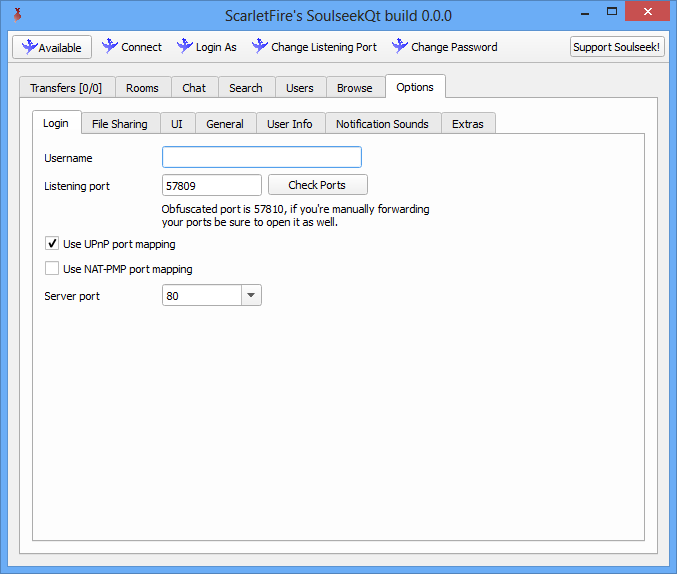

There will be i nsta nc es wh ere p hotogr aphy, o ther than “ pr oduct” photo graphy will be ne eded. 1.3.4 Image Differentiation Decision Tree Differentiation between photographic and rendered images becomes recommended, though not required, when they both exist in the same file system when the file system is the brand owners or shared between Trading Partners. While arguments can certainly be made as to the nature of images, be they photographic or rendered given the preceding paragraphs and considering that even rendered images may contain information (data) once contained by a ‘photograph’ discernment or differentiation between photographic and rendered images is at the discretion of the brand owner, in other words, identifying an image as being photographic or rendered when one or the other exists is optional. It is important to note that although clipping paths are not required for images with a transparent background, delivery format may require one to be applied. CGI (Computer Generated Imagery) programs allow for files to be rendered/saved with transparent backgrounds, making applying a clipping path redundant.
#Soulseek ns minimize to tray software
While a rendered image may contain (data) once contained by a ‘photograph’ once the image is digitised, edited, scaled, coloured, lit and posed within a digital composition, it becomes a rendered image, which is not to say that a photograph retouched with specialised software does not remain photographic, that distinction is left to the brand owner. Where photographic images were once retouched physically, similar processes for rendered images take place almost entirely within specialised software. While rendered images do have the traits necessary to be physically transferred to paper or film, they often reside forever within a digital environment, viewed only by way of a projection device such as a monitor, phone or projector. Rendered images often do not begin with a photographic device. Rendered image: the result of the creation of a digital likeness of a physical object with the use of a computer and software. While these images may reside and may have been altered in a digital environment they were at one time a physical capture of object and light as captured by a camera with a photographer and should be considered ‘photographic images’. Where photographic images were retouched physically even colourised, these process can take place with a photographic image within specialised software. Photographic images may become digitised, stored in a digital format or can be immediately stored in a digital format directly from within the camera itself. Photographic image: the result of the electronic or chemical capture of a likeness of a physical object with the use of a camera. When this occurs there must be a definitive process in order to determine the difference between the two when both are expected to exist simultaneously in the same environment. The differentiation of images as to their being photographic or rendered in nature is somewhat subjective and while it can be reasonably argued that a photographic image once digitally stored and retouched ceases to be photographic striking a balance between the two becomes necessary when identical product images exist in a single system as both photographic and rendered particularly when the associative nomenclature within the existing guidance calls for both files to be identically named. Refer to local Government bodies and MOs for additional details., & ■ For more information on pharmaceuticals/over-the-counter pharmaceuticals, nutritional supplements and medical products refer to the GS1 Pharmaceutical Image Implementation Guideline : Additional information on minimum data requirements are outlined in the TIIG (Trade Item Integration Guideline). Data, both meta and associated, are essential for the timely and accurate usage of the assets. images) are only one part of what is needed. It is important to note that digital assets (e.g. There is no ‘one size fits all’ for images, but by having access to a larger more content rich base file, other formats may be derived. These standards focus on the highest quality and size of image which should be stored to enable any output format that may be requested internally or externally for various applications. This document does not specify how the images should be delivered via electronic commerce. The product identification number used is the Global Trade Item Number (GTIN) and this document provides details on all aspects of digital imaging storage.

This GS1 standard establishes rules for the storage of digital images associated to products.


 0 kommentar(er)
0 kommentar(er)
